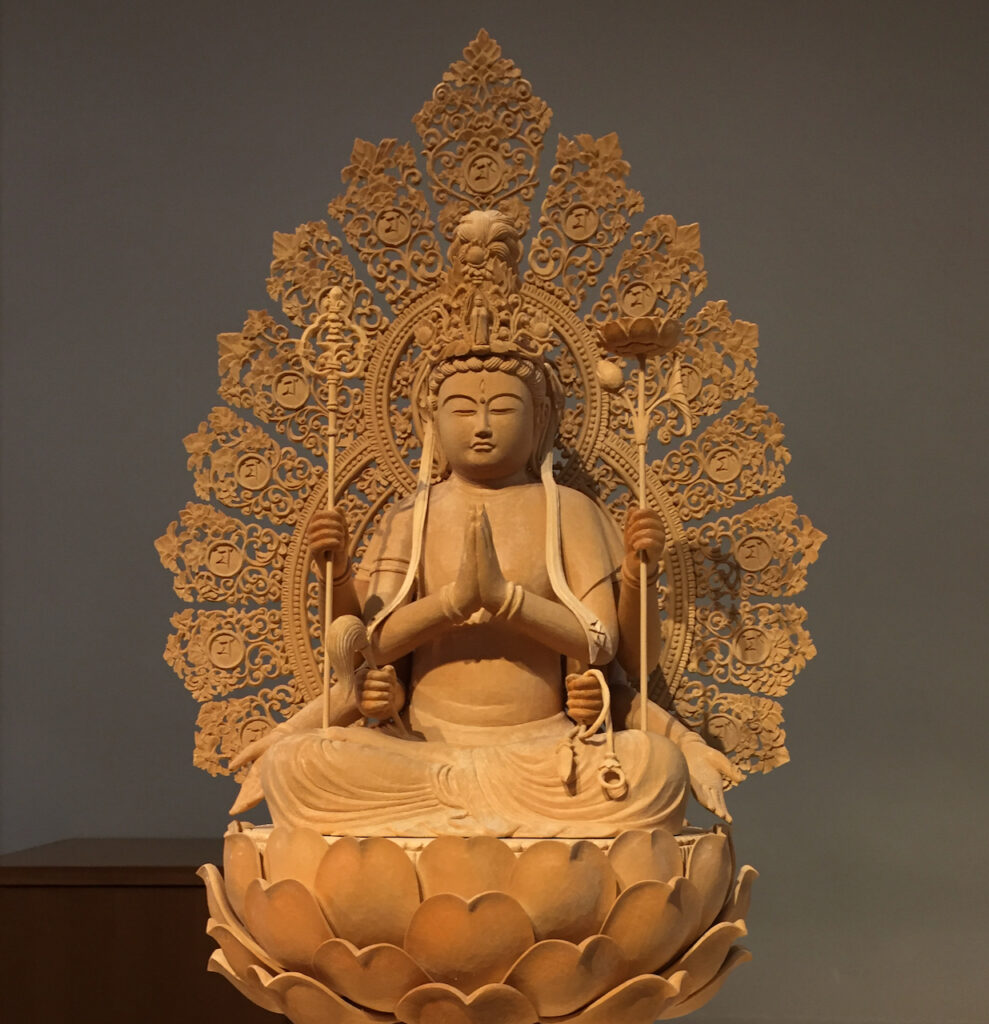Gallery of Kyoto Traditional Arts & Crafts
Photo by Author Akemi Sagawa
You don’t want to miss Kyoto when traveling to Japan. What exactly do you want to see there?
Yes, you can visit the impressive stage of Kyiyomizu Temple. Yes, you can take a selfie in that famous shrine with so many red torii gates. And yes, you may encounter real geishas who are wearing beautiful kimono.
But beyond its buildings or beautiful komono, what really makes Kyoto so special is those master craftspeople who are trained to make all the things you may admire.
For example, have you ever seen how those intricate Buddha statues are created? How the colorful kimonos are dyed? How the meticulous design of the bamboo basket is formed? You can see real people creating these beautiful items firsthand in the middle of the city of Kyoto.
On the third floor of Gallery of Kyoto Traditional Arts & Crafts building, students or alumni of Traditional Arts Super College of Kyoto (TASK) take turns to demonstrate what they have been learning at school.
When I visited the gallery, Ms Takako Nagasu was sitting cross-legged. Her samue jacket looked comfortable. On the right side of her laps were several wood carving knives with different shapes of tips. On her left side were photos of wooden statues. She was working on something, but when I approached her, her hands stopped and she greeted me with a warm smile.
“What are you doing here?” I asked.
“I’m carving a small buddha statue.”
“Is this what you do for a living?”
“Yes, I learned Buddhist sculpture in college, and now I usually teach there. Today I’m here demonstrating how these statues are made.”

This statue that she made for her graduation exhibition won first prize in 2016. The Buddha statue is made of a single piece of wood (except for what he holds in his hands), the aureole of a separate piece, and the platform of another.
Carving Buddhist sculptures requires not only skills but also a wealth of knowledge of history. Ms. Nagasu told me that one of her highlights during her college days was studying the details of Japan’s Buddhist art history.
Her work is not merely a copy of old statues, however. Based upon her knowledge, her understanding, and her interpretation, a new Buddhist sculpture is born.
Not only watch the students’ work, but you can also ask any question regarding his/her work. The more you learn about the detailed process of how things are created, and how much precision and attention are devoted to creating the work of art, the more you appreciate their work.
Gallery of Kyoto Traditional Arts & Crafts is open to the public from 10 am – 5 pm except for Tuesday and Wednesday. I highly recommend visiting this place if you would like to enjoy a richer, deeper experience in Kyoto.
